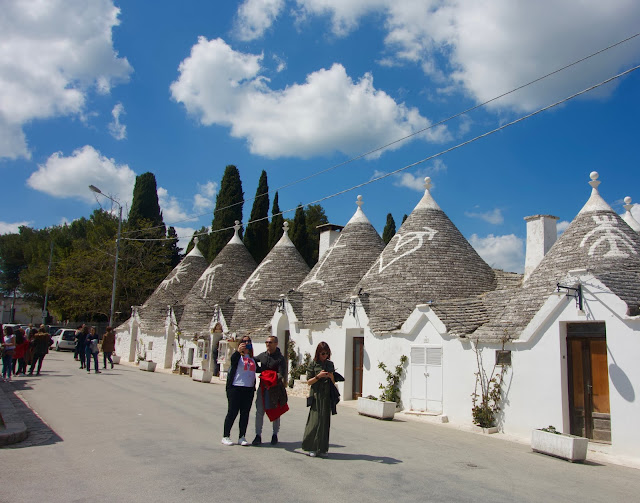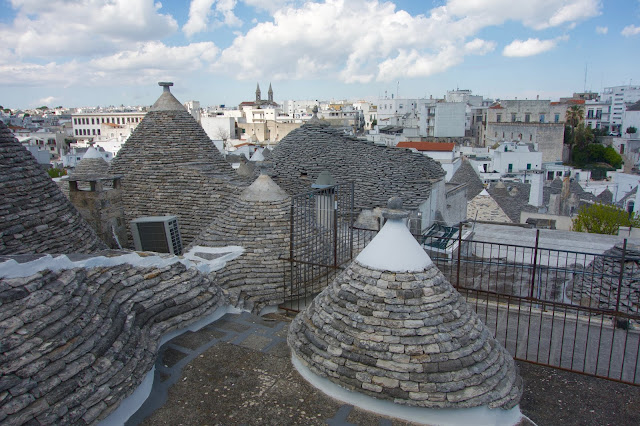Buying Wine in the Alsace
If you’re driving to Alsace to buy wine, the first thing you’ll notice is it’s kinda sorta different from Germany and kinda not. Alsace is in France, n’est pas? Sometimes even the French don’t know. In 2011, the then President of France, Nicolas Sarkozy, when speaking to a group of French farmers in Alsace, mentioned that he was in Germany and the farmers booed. Good reason.
 |
| A field of rapeseed flowers |
Read about the benefits of rapeseed oil: https://www.naturalfoodseries.com/9-benefits-rapeseed-oil/
Are you familiar with Alsace? Perhaps you remember from your high school modern European history class. Alsace and Lorraine ring any bells? Those two French provinces have bounced back and forth between France and Germany for the last hundred years and several wars:
1870-71, the Franco-Prussian War. This time France, under Napoleon III, attacked Prussia seeking an easy victory and renewal of his declining power.
Of course, as with all wars, this one was much more than the simple explanation I just gave you.
Result: Prussia and a coalition of German states bloodied the French nez. Germans captured Paris. Bismarck rode on the back of this victory and was able to bring together a united Germany. Germany annexed Alsace and half of Lorraine, along with the city of Metz. Sacre Bleu!
1914-1918, World War I, The War to End All Wars. That would be funny except for the millions of military and civilians who were killed or left homeless.
The Result: France got back the territory it lost in the Franco-Prussian War. Merveilleux!
1939-1945, World War II. Germany overran France and conquered most of Europe, Alsace and Lorraine included. German control lasted until the end of the war. In 1947, Alsace voted to remain a part of France.
Now you know why when you drive into the French province of Alsace on a bright sunny day, with nothing on your mind but satisfying your lust for the grape, you continue to see the names of towns that are definitely German: Oberhausbergen, Bischheim, to name only a couple. The people in Alsace not only speak French, but also Alsatian, a Germanic dialect. And, it’s not difficult to also find German speakers. As some wits have put it, Alsace is not quite French and not quite German either.
But, on to wine! Vive le raisin!
A hint about Alsatian wine, with more to follow. Riesling grapes are grown on both sides of the Mosel river, in Germany and France, yet the wines taste remarkably different. Same with the Pinots. Soil? Sun? Temperatures? Those much smarter than I have unsuccessful tackled that conundrum.
Years ago, while wandering off the beaten path, we happened upon a winery that turned out to be a lasting favorite. As I’ve noted before, wine taste is personal, often depending on your age (yes, taste buds do change) and what appeals to your palate. Not to overstate it, but a wine you swear by may not be a wine I would choose. Magazines that rate wine? Ignore them and taste for yourself.
The Metz Bleger vineyards produce a number of vintages: Pinot Noir (of various descriptions), Pinot Gris, Pinot Blanc, Riesling, Gewürztraminer, Sylvaner, Moscato, and Alsace’s sparkling wine, Crémant.
As I said, there are various qualities and styles of each, so when we began tasting, the tasting lasted for an hour or more. This was an afternoon of “Yes, thanks, I will taste another,” which all too quickly devolved into “Jes tinks gimme a new grass….glass.” You want to sell wine, take a lesson. These folks loaded over 200 bottles in our trunk and backseat. Fortunately, my companion took tiny sips, as though Queen Elizabeth had gently placed a white-gloved hand on her shoulder.
Such fortitude and iron will!
Ok, fine, you’re thinking, but what about the wine, aside from the obvious, that in a game of taste buds vs brain power, it’s checkmate by the taste buds every time.
In general, what I like most about Metz Bleger wines is their smoothness. Most of the vintages subdue the harshness of heavy tannin, in favor of pure enjoyable flavor. The range of sweetness is remarkable, from the dry, but still roundly finished Pinots, to dessert white wines.
My personal preference is the half dry. I don’t like to lick my lips and then have to brush away the dust, but neither do I prefer wines that are too flavorfully light. There are some dry whites that attract me, because in the French whites the tannin is almost always subdued. And in the proper context, I can also relish a delightfully sweet desert wine….but only a glass.
Is it too much for us to suggest wines have personalities? I’m thinking of a white that adds sparkle to the summer day as you sit by your garden and watch the flowers dance in the light breeze, or a pungent red that warms the heart as you sit by the fire on a frigid winter evening and gaze at the flickering flames.
I like to think of the wines of Metz Bleger, as the beauty of sunshine and a comfort on cold winter nights. That must be why we keep going back!





















































